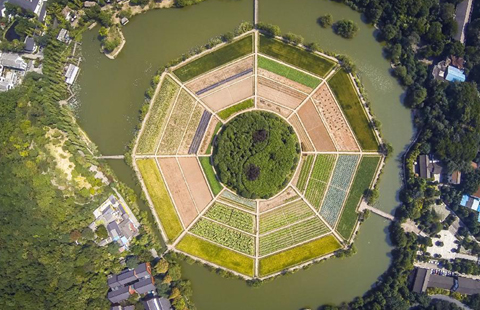Pie in the Sky?
Updated: 2015-02-27 10:28
By Christopher Davis(China Daily USA)
|
||||||||
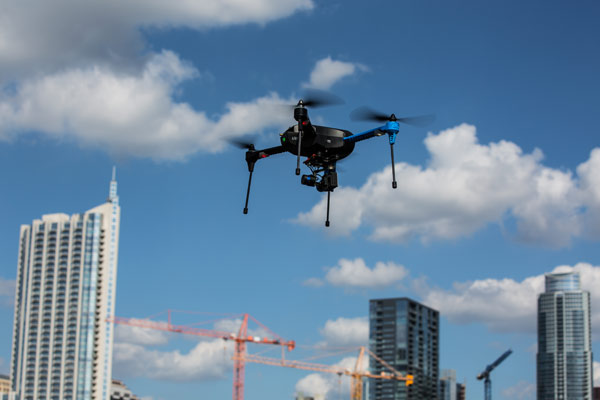 |
|
3-D Robotics' IRIS+ 7 Drone is helping map the route to a high-tech robotic enabled future. Provided to China Daily |
Small UAVs have already carried relatively small, high-value components from one warehouse to another, delivered medical supplies to islands and dog biscuits in the Outback.
"To drop off a big package in front of your door in the suburbs - that's hard," said Chris Anderson, CEO of 3-D Robotics, America's largest maker of drones.
The reasons are obvious. The more congested the area, the harder it is to ensure safety. The more obstacles there are, the less tolerant and more regulated the air space tends to be, and in the US, it's highly regulated.
But apparently, pizzerias - in less regulated air space - have been tuned in to the drone enthusiast frequency. In 2012, Domino's Pizza UK and marketing firm T+biscuits made a splash with a video of a "Domicopter" - an 8-rotor, remote-controlled helicopter drone soaring for 10 minutes over the lush English countryside to deliver two pizzas.
A writer for qz.com pointed out that while the stunt demonstrated that it is possible to deliver pizzas remotely and robotically by air, it also showed why practically speaking the system would never go the distance.
The Domicopter - a Cinestar 8 - cost $13,200, required a licensed and trained pilot, additional GPS technologies and insurance in case of mischief or foul weather. Its range was limited (so the video probably did not include the trip back to the pizza joint). Most drones are built for payloads lighter than two large pizzas, and more importantly, free use of air space was doomed to prohibitive regulation.
In May 11, 2014, NBC News reported that Francesco's Pizzeria in South Mumbai became the first restaurant in India to deliver a pizza robotically by air, a 10-minute trip at 18 mph that normally took the delivery guy on the bicycle 30 minutes. The drone dropped the pie onto the rooftop of a 21-story apartment building, all caught on video, of course.
The next month, Dodo Pizza in the northern Russian city of Syktyvkar delivered a pizza in just under 30 minutes, leading its CEO to boast: "We have conducted the first in the world commercial delivery via drones. Until now many similar variants have been shown on videos, but we tried to deliver real pizza to real customers".
And then last November, Williamsburg Pizza in Brooklyn, New York, got into the race. "Like the Wright brothers' inaugural 12-second flight at Kitty Hawk 111 years prior, the pizza's history-making trip was short," reported The Brooklyn Paper, from the top of the shop owner's roof into the hands of a customer next door.
"The commercial space is accelerating far faster than the traditional aerospace industry largely because it's using smartphone technology," said Anderson of of 3-D Robotics, "advancing at a pace we've never seen."
One of the main reasons has been advancements in high-tech hardware. Anderson explained: "The sensors we use - the gyroscopes, accelerometers, magnetometers - 10 years ago those were essentially mechanical, they were military, they cost about $10,000 per axis, so each cylinder cost about $10,000. So nine of them were what you needed to make something the size of a small refrigerator.
"Today you can have one in your pocket on a chip the size of your fingernail. They cost $7 and we all carry one in our phone (the feature that, among other things, makes your iPhone screen rotate to adjust its orientation).
"So if you go from $100,000 to less than $10 in a matter of a decade," Anderson said. "That's what I'm talking about."
Big trouble
Last month, a government intelligence worker in Washington who admittedly had been drinking, took a friend's drone for a test drive at 3 am, lost control of the DJI Phantom, which flew off to he knew not where, and the novice pilot went to bed vaguely worried about where it might turn up.
Rightly so. The drone crash-landed onto the grounds of the White House and when news got out, the operator quickly turned himself in to the Secret Service. The owner of the drone said that the mishap was probably the result of a flyaway malfunction of the model, something online bloggers had complained about earlier.
The manufacturer of the drone - Shenzhen-based Da-Jiang Innovations Science and Technology Co (DJI) - vigorously denied the accusation, saying that for anyone to even consider operating a personal drone so near the White House showed "a remarkable lack of awareness" and that a flyaway was "highly unlikely".
Flyaways are a major concern in the industry and DJI founder and CEO Frank Wang told the Wall Street Journal earlier: "We have to make something that cannot go wrong in any scenario."
Wang developed his first unmanned miniature helicopter under the mentorship of Professor Li Zexiang at the Hong Kong University of Science and Technology, and in 2009 achieved the first ever autonomous flight up Mount Everest and surrounding environs, setting a milestone in the history of unmanned flight.
The helicopter had also provided surveillance for search and rescue in the immediate aftermath of the massive Sichuan earthquake of 2008, as well as surveys for the recovery and rebuilding of the devastated region.
DJI is based in the Guangdong province city of Shenzhen, widely considered China's Silicon Valley. It has grown from a small office in 2006 to a global workforce with offices in the US, Germany, Japan, Beijing and Hong Kong.
DJI's business has been soaring. From revenues of $4.2 million in 2011 with 90 employees to revenues of more than $130 million and 1,240 employees in 2013 and expectations of increasing sales five-fold in 2014 with three factories and more than 2,800 employees. DJU Spokesman Michael Perry told CCTV in January that the company already controlled 50 percent to 60 percent of the China market.
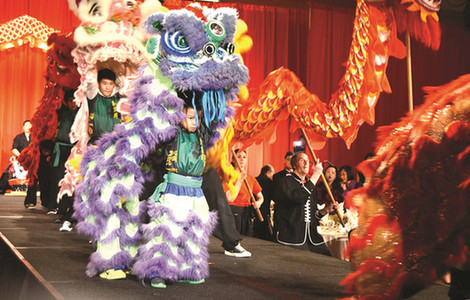
 Across America over the week (from Feb 20 to 26)
Across America over the week (from Feb 20 to 26)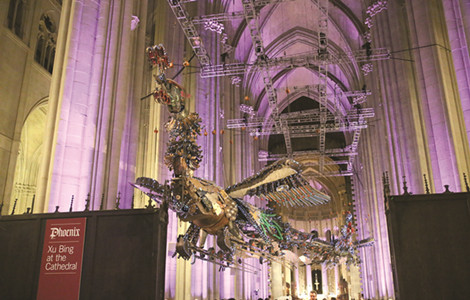
 Phoenix landing
Phoenix landing
 Inside a Taobao village
Inside a Taobao village
 Testing mettle: Students appear for art college exam
Testing mettle: Students appear for art college exam
 Top 10 best-selling SUVs in Chinese mainland in 2014
Top 10 best-selling SUVs in Chinese mainland in 2014
 The eighth nine days: wild geese are flying back
The eighth nine days: wild geese are flying back
 China's biggest Akhal-Teke horse base
China's biggest Akhal-Teke horse base
 Chengdu citizens visit Du Fu Thatched Cottage to mark Human Day
Chengdu citizens visit Du Fu Thatched Cottage to mark Human Day
Most Viewed
Editor's Picks

|
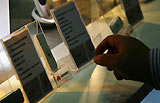
|

|

|

|

|
Today's Top News
Tech firms cut from approval list
Yuan on move, but not to top
EB-5 could harbor fraud: report
US Representative requests Lunar New Year honors
Shanghai tops China's disposable income list
Hainan expands US non-stops
Google upbeat about reentering China: Forbes
China investors top US list of 2013 national security reviews
US Weekly

|

|





